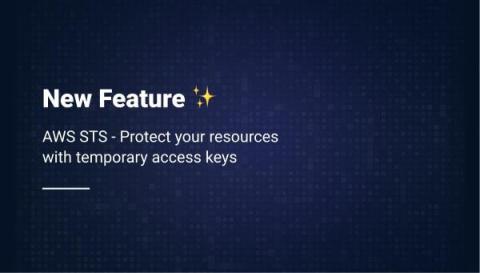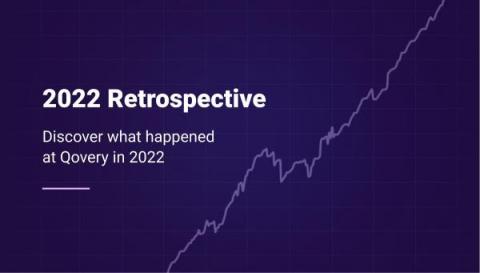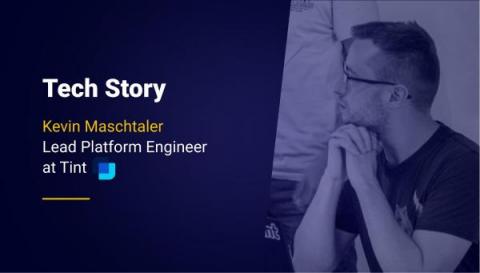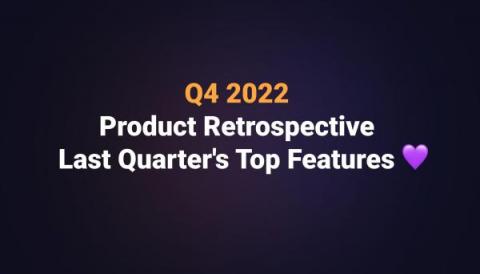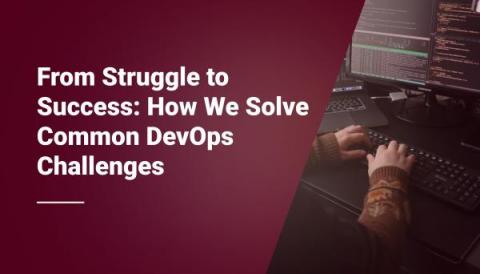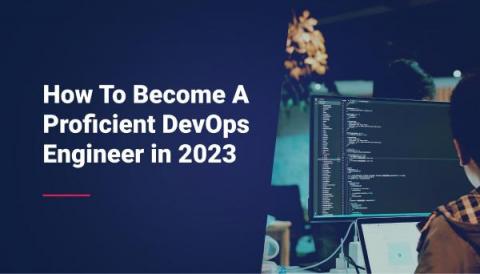Qovery now supports AWS STS: Protect your resources with temporary access keys
We are excited to announce that Qovery now supports AWS Security Token Service (STS) for all our plans! AWS STS is a web service that enables you to request temporary, limited-privilege credentials for AWS Identity and Access Management (IAM) users or for federated users who sign in using Single Sign-On (SSO). These credentials are then used to access AWS resources and services.


